The cat is out of the bag: the iPhone 7 is here! Apple introduced some interesting changes, additions, and improvements on this milestone release, and they did everything they could to make it sound magical, revolutionary, and “new.” As we know all too well, that isn’t usually the case: just look at all the iPhone 6 features Apple stole from Android.
As we’ve all come to expect, Apple is behind the curve in a lot more ways than they’re ahead. We must admit that the iPhone 7 and iPhone 7 Plus look great, even when compared with the best and brightest Android has to offer (Read: iPhone 7 vs Android and iPhone 7 Plus vs Android), but many of the revolutionary new features flaunted in Apple’s latest smartphone have found in Android for years. Let’s take a look at the 9 features Apple is late to the party with.
Dual-rear cameras on the iPhone 7 Plus
HTC started it, LG’s done it, Huawei’s doing it, and now so is Apple. They’re all using dual cameras for different reasons, though. For Apple’s iPhone 7 Plus (sorry, iPhone 7 buyers), the company is using 2 12MP sensors: one for telephoto photography and the other for standard.
Not only do they fit both shooting scenarios whenever you need them and create an elegant illusion of using an optical zoom lens, but they also work together in tandem to create some interesting light field tricks for advanced focusing. That leads us to the next one.
“Bokeh” effect (background blur)
If you don’t know what bokeh is, it’s the term used for photography techniques which smoothly blur the background of a photo. In typical cameras, using a lens that can achieve fast apertures of f/1.4 through f/2.8 can cause the background to produce a pleasant blur once the photo is snapped. Many have tried to emulate this behavior on the limited technology available for stationary smartphone lens elements for years, and it wasn’t until the advent of dual cameras that we were able to see the first meaningful results.
Read More: Battle of the Blur!
The technique was first used on the HTC One M8 to allow you to focus in on different parts of an image without losing quality in one area or the other. HTC’s implementation at the time was rudimentary, to say the least (you had to focus the photo after the shot was snapped, the blur wasn’t always applied exactly how you wanted it which made for an unnatural effect, and the image quality was poor for its time), so Apple will probably attempt to take credit for “doing it right.”
Here’s the type of stuff the HTC One M8 was capable of.
Google also brought this effect to their camera app, but photos taken in that also turn out quite synthetic-looking (though it was still pretty impressive for something that’s 100% software-based).
How Bokeh looks on the iPhone 7 Plus.
Apple’s implementation — the result of which is pictured above — looks natural and authentic, and the depth-of-field effect you get from taking photos in this style on the iPhone 7 Plus can be previewed in real time on the display, and not even some high-end DSLR cameras can claim that. Kudos, Apple… but Android phones illustrated why this feature was so cool years ago.
IPX7 water and dust resistance
Here’s another: the iPhone is no longer frail. With Samsung finding a way to introduce quality builds without having to sacrifice durability, it was important for Apple to catch up in this regard. And so they did — the iPhone 7 is rated IP67 for water and dust resistance. Granted, it’s not quite to the level of Samsung’s feat — their phones (rated IP68) last in up to 1.5 meters of water for up to 1 hour, while Apple’s only last 30 minutes when submerged up to 1 meter.
Say goodbye to 3.5mm
Alright, so this one may not exactly be a “feature” depending on who you ask. Nevertheless, Apple has followed suit with the industry’s desire to get rid of 3.5mm headphone jacks. It hasn’t been a popular decision with users on other phones, including those who were disgusted by its absence on the Moto Z phones, but Intel and a whole gang of standard setters are still preaching the benefits of losing the 3.5mm headphone jack.
Namely, its exclusion makes for more room on the circuit board so devices can be thinner, lighter, and perhaps fit more technology. It also frees up energy usage for improved battery life and efficiency. The other guys are using USB-C for their audio, of course, while Apple is using their own Lightning connector.
But let’s be clear: Apple’s claim to courageous remove the 3.5mm headphone jack isn’t because they were first to do it: they followed in the footsteps of other industry giants.
Stereo Speakers
This is something we’re still hoping to get from a ton of other Android manufacturers, but Apple has adopted stereo speakers for the iPhone 7. The device uses a combination of bottom-placed speakers and audio from the headset speaker to create the sound, which is a lot like the implementation on the HTC 10, Nexus 5X, and Nexus 6P.
Remember the original HTC One with Boom Sound? That dual speaker experience was through a partnership with Beats Audio and it was so good that Apple eventually said if you can’t beat them, buy them, and acquired Beats for $3 Billion dollars.
Quad-Core chipsets
Apple today made a big deal about the A10 chip inside the iPhone 7 and iPhone 7 Plus. Their biggest achievement was its quad-core architecture, which sounds absolutely sad on paper considering we’ve had quad-core Android phones since 2011 when the HTC Edge became the first ever to launch with one. We’ll admit that performance is more important than the number of cores, but Apple is 5 years behind when looking at this row of the spec sheet alone.
Real-time Document Collaboration on iWork
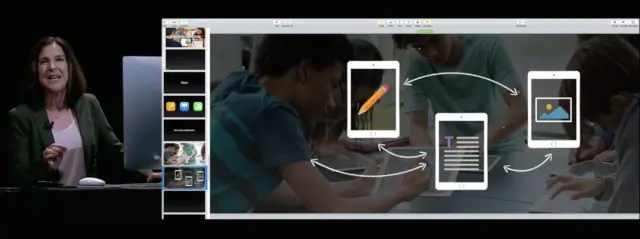
Apple’s iWork suite of apps, including Pages, Numbers, and Keynotes (word documents, spreadsheets, and presentations), can now be collaborated on by multiple people, and in real time. Changes you make on your end will be reflected on your co-workers’ end immediately. It’d sound amazing, except Google Drive for Android had this 4 years ago.
The Apple Watch is Waterproof
While the original Apple Watch was water resistant, it wasn’t until this new Series 2 Apple Watch that Apple achieved full-on waterproofing. Casio beat them to that punch with the WSD-F10, though, along with several other smartwatch “firsts”.
It has GPS, too
Going for a run and tracking it in your favorite apps without having to bring your phone requires an embedded GPS, and that’s something Apple finally brought with the Series 2 Apple Watch. Android Wear devices like the Moto 360 Sport crossed that proverbial finish line first.
Did the iPhone 7 amaze you?
The iPhone 7 is a marked improvement over last year’s models, but up against competition that’s already in the market, it’s also playing a ton of catch-up. Was the iPhone 7 everything you thought it’d be? Less? More? Did Apple make genuine improvements on some of these features they “borrowed” or is it feeling like the same old song and dance for you? Sound off ahead!
PS: The fun doesn’t stop here. We’ve also gone over more than 13 features that iOS 10 (which will launch on the iPhone 7 and iPhone 7 Plus) “borrowed” from the latest versions of Android. Be sure to check that out if you’re curious!

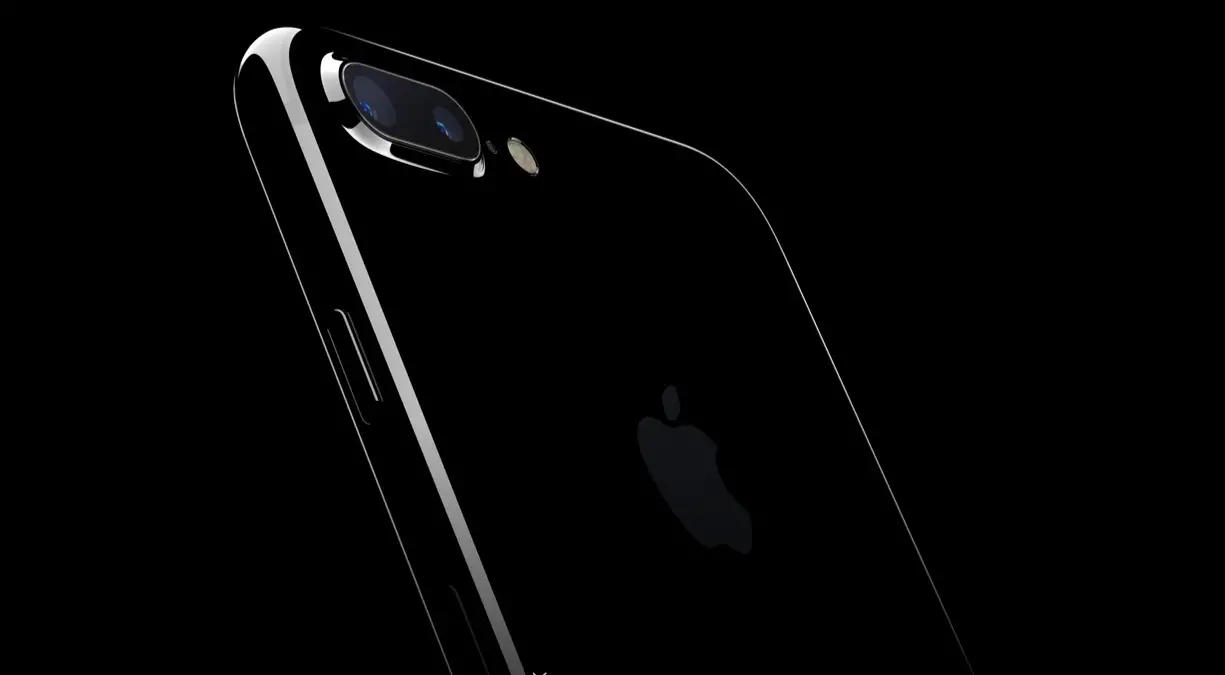
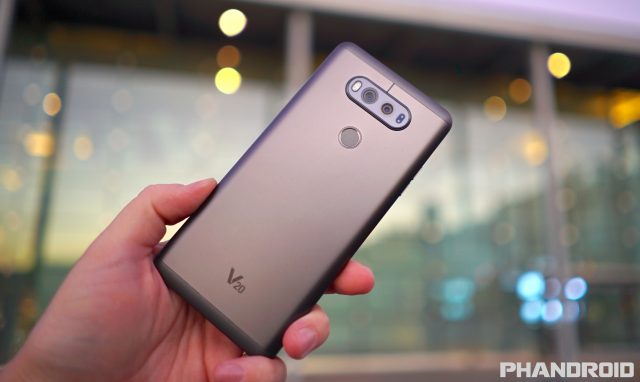
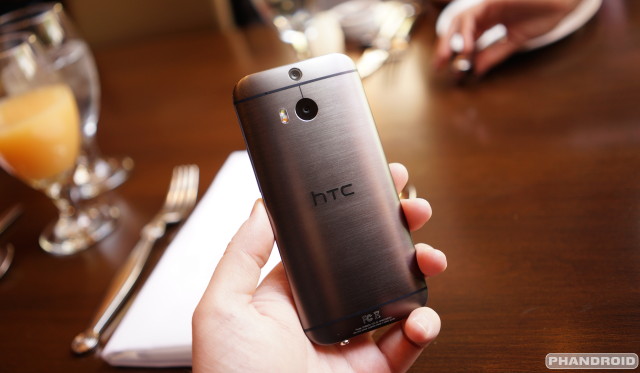


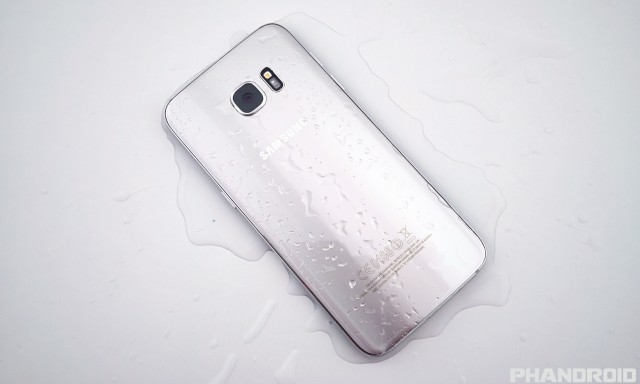
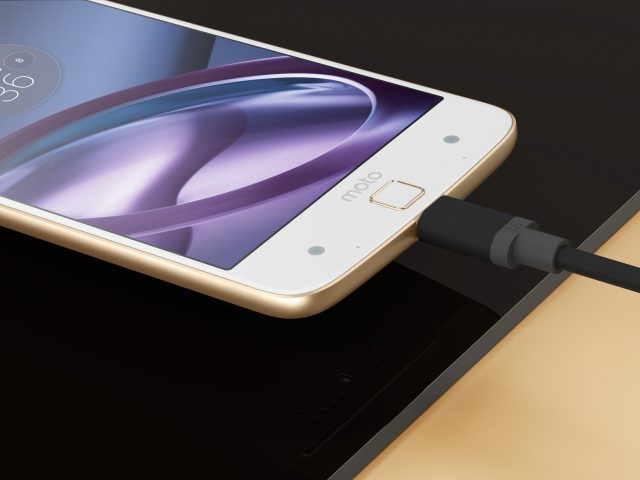
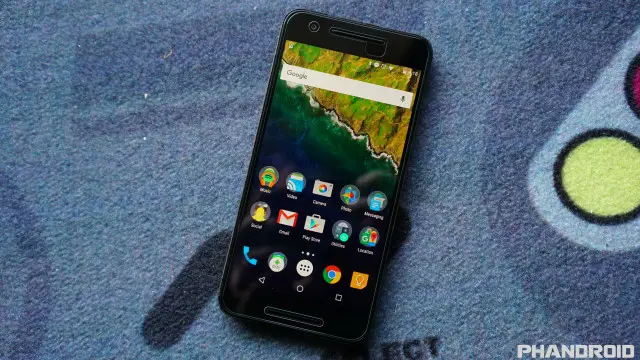
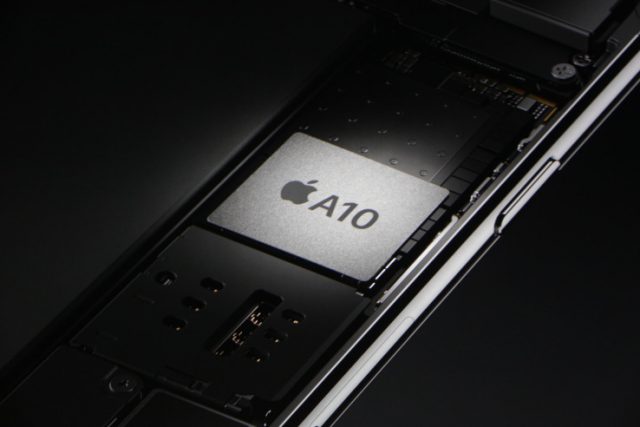
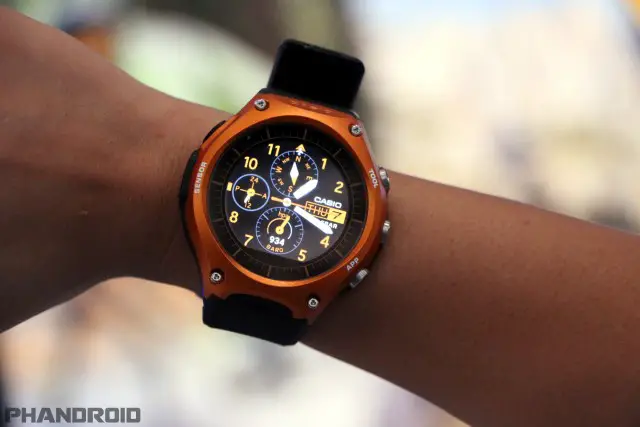


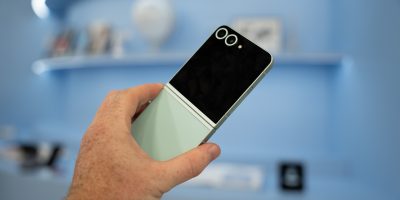

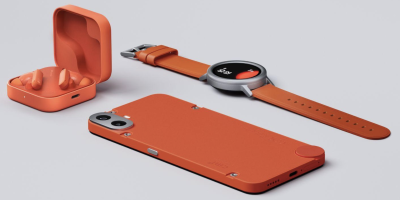
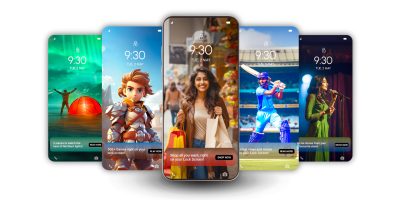





Comments